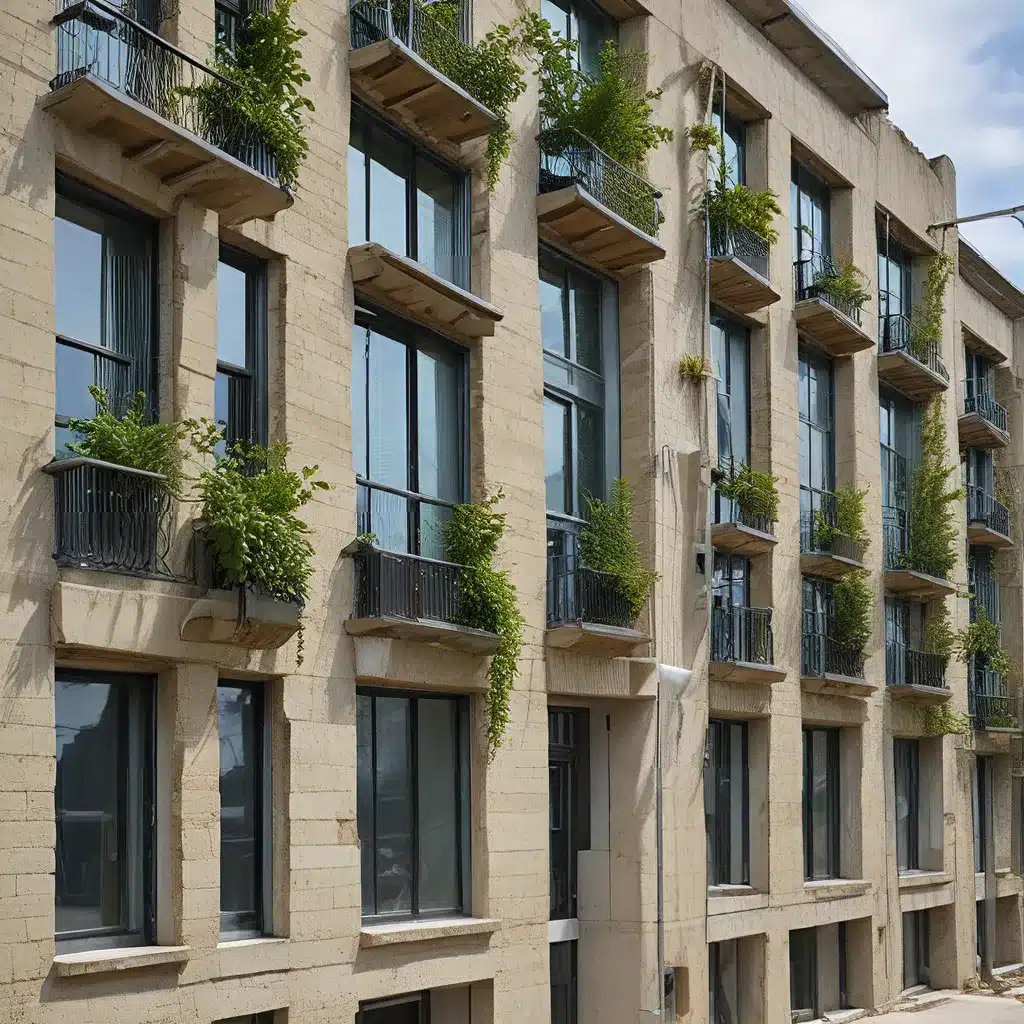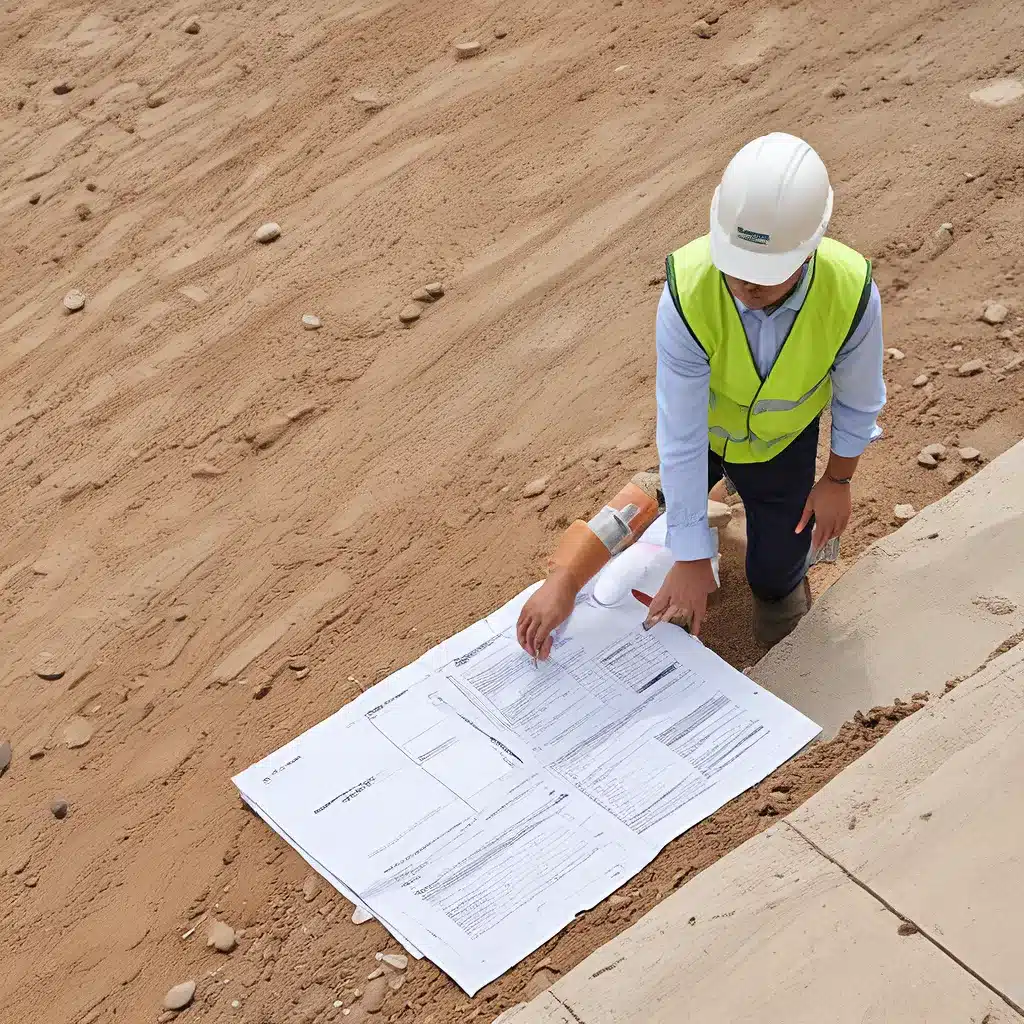
Confessions of a Recovering Eco-Skeptic
I’ll admit, I used to be a bit of an eco-skeptic when it came to the construction industry. Sure, I’d heard all the talk about “sustainable this” and “green that,” but in my experience, a lot of it seemed like greenwashing – overblown claims and gimmicks that did little to actually move the needle on environmental impact.
But then something changed. Maybe it was the rising costs of energy, the ever-worsening climate reports, or the growing consumer demand for eco-friendly everything. Whatever the reason, I started to see the construction world slowly but surely embracing real, tangible innovations that were making a genuine difference. And let me tell you, it’s been an eye-opening experience.
These days, I’m a total convert. I’ve seen firsthand how harnessing the power of new technologies, materials, and processes can unlock a future of sustainable construction that’s not just better for the planet, but also better for your bottom line. And I’m excited to share some of these game-changing green building strategies with you.
The Rise of the Digital Toolbox
One of the biggest drivers of the green construction revolution has been the rapid advancement of digital technologies. As Construction Business Owner points out, digitization is playing a crucial role in helping us make more informed, sustainable choices at every stage of the building lifecycle.
Think about it – with powerful modeling and simulation software, architects and project managers can now accurately predict the energy usage, emissions, and material waste associated with their designs before a single foundation is poured. That means they can optimize for efficiency and minimize the environmental impact, rather than trying to retrofit eco-friendly solutions after the fact.
And it’s not just in the planning stages. Digital collaboration platforms are helping construction teams stay on the same page, reducing the risk of costly errors or rework that can drive up a project’s carbon footprint. Plus, smart building management systems are giving facility operators the tools they need to monitor and fine-tune a building’s energy performance over time.
In short, the digital toolbox has become an indispensable part of the modern green builder’s arsenal. By embracing these cutting-edge solutions, you can take a big step towards unlocking a more sustainable future for your construction projects.
Rethinking Materials and Methods
Of course, digital innovations are just one piece of the puzzle. To truly move the needle on environmental impact, we also need to fundamentally rethink the materials and construction methods we’re using.
Low-Impact Materials
As Construction Business Owner points out, some of the most commonly used building materials – like concrete, steel, and aluminum – are also among the biggest contributors to global emissions. But the good news is, there are greener alternatives out there.
For example, you can specify low-carbon concrete mixes or opt for “green steel” produced using renewable energy and recycled feedstock. And for certain projects, innovative materials like mud, straw, or eco-friendly lumber might be an even better fit. With careful planning and clear communication, you can build in a way that aligns with your sustainability goals.
Modular and 3D-Printed Construction
But it’s not just about swapping out materials – the construction process itself is undergoing a green transformation. One area that’s particularly exciting is the rise of modular and 3D-printed building components.
By manufacturing parts offsite and assembling them on-location, modular construction can dramatically reduce material waste and jobsite inefficiencies. And 3D printing opens up new possibilities for customized, on-demand building elements that minimize excess.
Sure, these methods may require some adjustment and upfront investment. But when you consider the long-term benefits in terms of sustainability and efficiency, it’s a trade-off that’s well worth it.
Optimizing for the Whole Life Cycle
Of course, sustainable construction isn’t just about the design and build phases. As Construction Business Owner rightly points out, we also need to think about a building’s entire life cycle – from cradle to grave.
Sustainable Operations
When it comes to a building’s environmental impact, the way it’s used and maintained often matters more than how it was constructed. That’s why it’s so important to prioritize sustainable operational practices.
Simple things like swapping out incandescent bulbs for LEDs, optimizing HVAC schedules, and properly insulating windows and doors can make a huge difference. And for larger-scale projects, on-site renewable energy generation, water harvesting systems, and advanced building management platforms can take efficiency to the next level.
Decommissioning and Repurposing
But the story doesn’t end there. Even when a building reaches the end of its useful life, there are still opportunities to minimize its environmental impact.
As the American Institute of Architects points out, renovating and repurposing existing structures can save up to 75% of the embodied emissions compared to demolishing and rebuilding from scratch. And for the buildings that do need to come down, smart design and digital tracking can make it easier to salvage and recycle materials.
By taking a truly holistic, cradle-to-grave approach, you can ensure that your construction projects are not only better for the planet in the short term, but also built to stand the test of time.
Unlocking the Future, Together
When I look at the state of the construction industry today, I can’t help but feel a sense of cautious optimism. The tools, the materials, the methods – they’re all there, ready to be harnessed in service of a more sustainable future. All it takes is the willingness to embrace change, to think outside the box, and to put in the hard work.
Of course, I know that transforming an entire industry isn’t going to happen overnight. There will be challenges, hurdles, and skeptics along the way. But I truly believe that the businesses that are willing to lead the charge on green building innovation will be the ones that thrive in the years to come.
So, what are you waiting for? It’s time to unlock the future – one sustainable project at a time. Head over to https://www.readinggeneralcontractor.com/ to learn more about how we can help you incorporate the latest green building strategies into your next construction undertaking. The planet (and your bottom line) will thank you.
Related posts:
No related posts.




